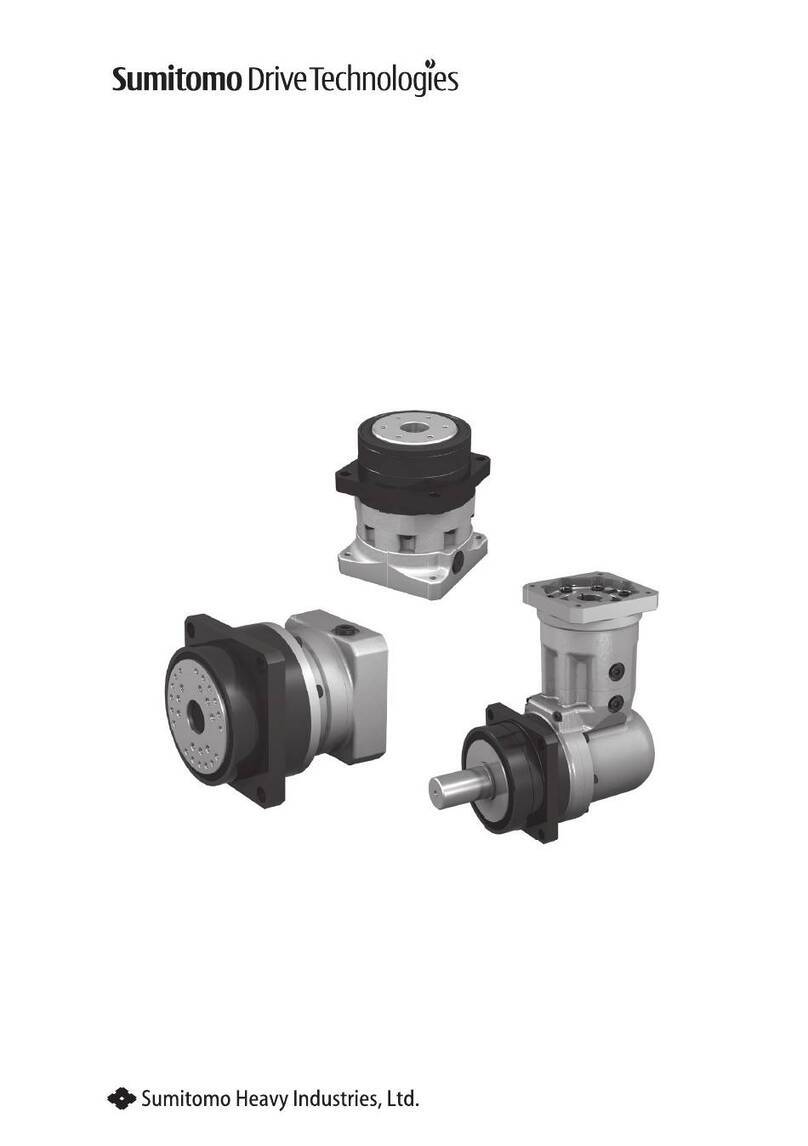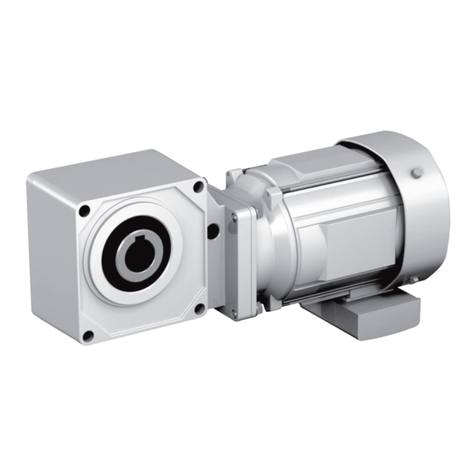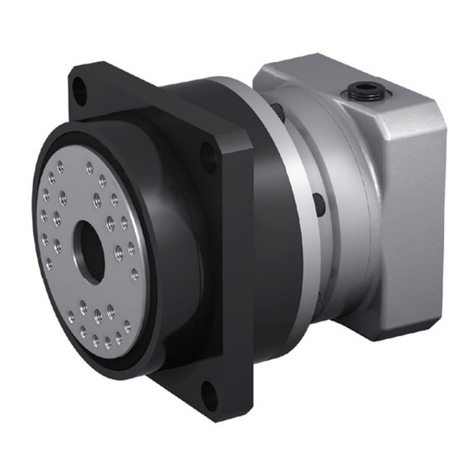
6
3. Transport
7
4. Installation
DANGER
- Do not use the unit in an explosive atmosphere; otherwise, explosion, ignition, an electric shock,
injury, a re, or damage to the equipment may occur.
CAUTION
- Do not use the products for purposes other than those shown on the nameplate or in the manu-
facturing specications; otherwise, electric shock, personal injury, or damage to the equipment
may result.
- Do not place inammables around the product; otherwise, a re may occur.
- Do not place any objects that hinder ventilation around the product; otherwise, cooling eects
may be reduced, leading to a re hazard due to excessive heating.
- Do not step on or hang from the product; otherwise, injury or damage to the equipment may
result.
- When the unit is used in equipment that is sensitive to oil contamination, install an oil pan or
other such device to prevent grease leakage due to failure or wear; otherwise, grease leakage
may damage products.
- This product is driving device for automated guided vehicles (AGVs). It cannot be used in other
applications, such as driving device for elevators.
4-1 Location of Installation
Ambient temperature: −10 to +40°C
Ambient humidity: 85% max.
Altitude: 1000m max.
Ambient atmosphere - There should be no corrosive gas, explosive gas, or steam.
- The location should be well ventilated and free from dust.
Installation locations - Indoor areas with little dust (IP54 protection class, dust and splash proof)
- Vibration: 1G max.
- Mounting In conditions other than above requires optional specications. Please consult with us.
- Drives fabricated according to special specications, such as outdoor use types, can be used in the
specied mounting environments. However, concerning the connector to the machine used, imple-
ment measures based on the Mounting environment.
- Mount In a location that enables easy operation, such as inspection and maintenance.
- Mount in a suciently rigid casing.
4-2 Mounting Angle
Possible mounting angle for this product is only horizontal output shaft direction. Please do not use this
drive at any other shaft mounting angle.
Note, however, that if the product is manufactured according to your designated mounting angle, do
not use it at any other mounting angle.































